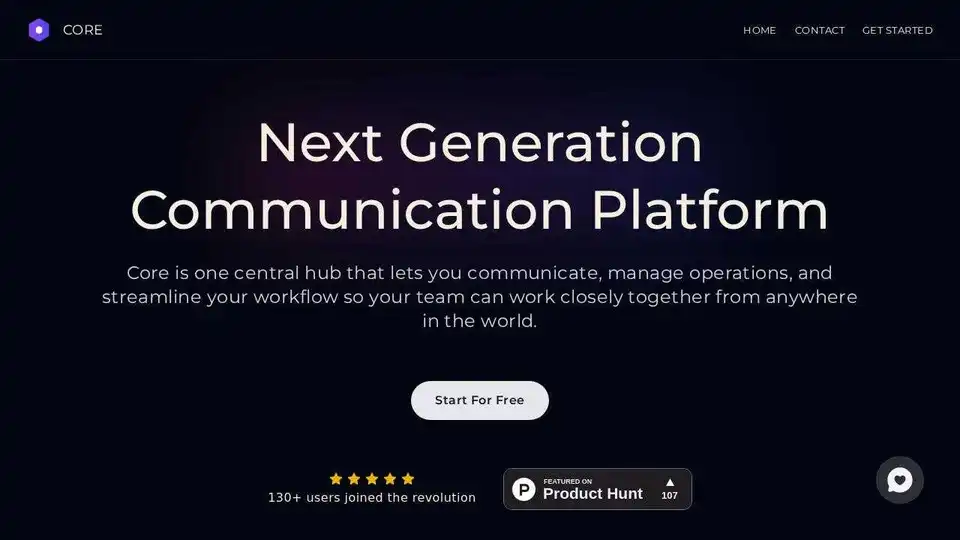
Core
Overview of Core
Core: A Centralized Communication and Workflow Management Platform
Important Note: As of the provided text, Core is winding down its operations. While the following description outlines its intended functionality, it's crucial to acknowledge that the platform is no longer actively developed.
What is Core?
Core aimed to be a next-generation communication platform designed to streamline workflows, manage operations, and facilitate close collaboration among teams, regardless of their location. It strived to be a central hub, reducing the need for multiple applications and consolidating communication needs into a single, unified environment.
How does Core work? (Or, how did it work?)
Core functioned as a modular platform, offering various features designed to meet a wide spectrum of business needs. Key components included:
- Chats and Channels: Organized, topic-based channels for real-time communication and collaboration.
- Calendar: A tool for scheduling meetings, managing events, and coordinating team activities.
- Video Conferences: Voice channels, calls, and screen sharing capabilities for remote collaboration.
- Knowledge Base: A centralized repository for team documentation, policies, and procedures – described as a "private Wikipedia".
- Security: End-to-end encryption to ensure secure communication and compliance with high-security standards.
Why was Core important? (Or, what were its goals?)
Core's developers believed it was important to:
- Reduce Noise: By consolidating communication into a single platform, Core aimed to minimize distractions and promote focused work.
- Improve Knowledge Sharing: Seamless and efficient knowledge sharing was a key objective, intended to speed up decision-making and reduce misunderstandings.
Key Features of Core
All-in-One Communication
Core consolidated all communication into topic-based channels. This approach intended to remove the complexity of scattered communication across different platforms, ultimately streamlining project and task management.
Calendar Integration
The calendar feature allowed users to manage their schedule, meetings, and events, and was designed to be fully integrated with other Core functions. The goal was to ensure that team members could easily keep track of important deadlines and activities.
Video Conferencing and Screen Sharing
The platform provided voice channels, calls, and screen sharing capabilities for real-time collaboration, enabling teams to work together effectively, irrespective of their geographical location.
Centralized Knowledge Base
Core's knowledge base was designed to serve as a comprehensive repository for all team-related documentation, essentially becoming a central reference point for all team members. This feature aimed to streamline onboarding and improve information accessibility.
Strong Security
With end-to-end encryption and adherence to high security standards, Core aimed to ensure that all communications remained secure and confidential, which is vital for maintaining trust and confidentiality.
Core vs. Competitors (Information is now outdated)
According to the now-defunct Core website, a comparison was made against other communication platforms like Slack, Microsoft Teams, and Discord:
| Feature | CORE | SLACK | MSTEAMS | DISCORD |
|---|---|---|---|---|
| Deep Focus Optimized | ✅ | |||
| Native Knowledge Base | ✅ | |||
| Customer Support Chatbots | ✅ | |||
| AI Productivity Boost | ✅ | |||
| Process Automation | ✅ | |||
| Built for Work | ✅ |
Please note that this comparison is based on information provided by Core and may not be entirely objective. Furthermore, given that the project has been discontinued, the accuracy and relevance of this comparison are questionable.
Final Thoughts
While Core aimed to be a robust platform for employee communication and workflow management, its discontinuation means that it is no longer a viable option. The features it offered, however, highlight the importance of centralized communication, knowledge sharing, and secure collaboration in modern workplaces. Businesses seeking similar solutions should explore actively maintained alternatives.
Best Alternative Tools to "Core"
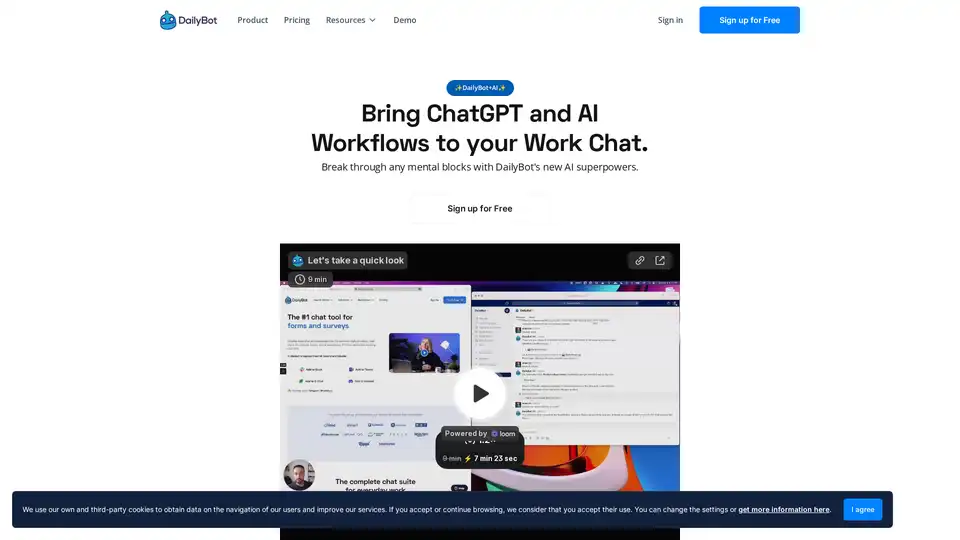
Elevate workflows with DailyBot's AI Chat Assistant. Ready for Slack, Google Chat, Teams, Discord. Get AI-powered assistance within your existing work chat platforms.
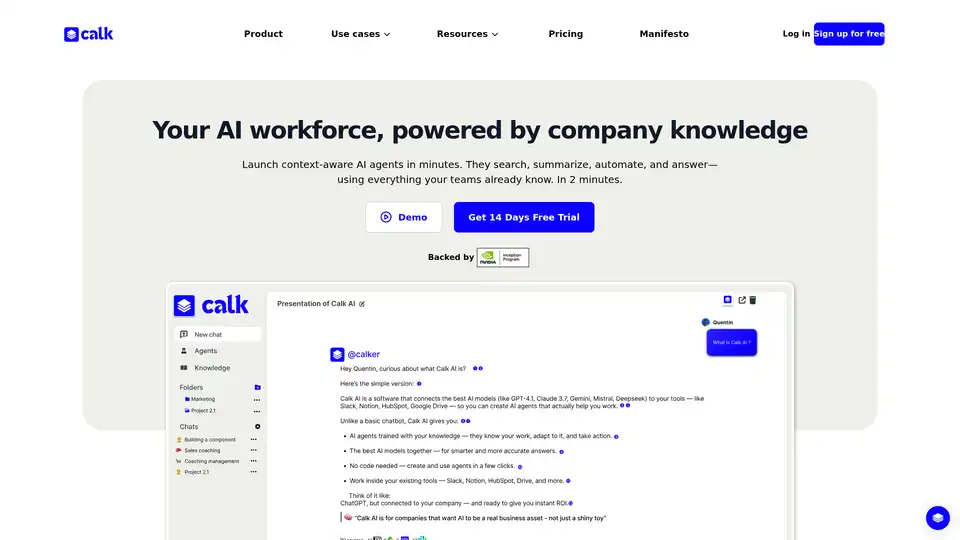
Calk AI helps your team build custom AI Agents using your internal docs and tools. Connect Notion, Slack, Intercom, and more — instantly. Launch context-aware AI agents that search, summarize, and automate tasks with your company's knowledge.
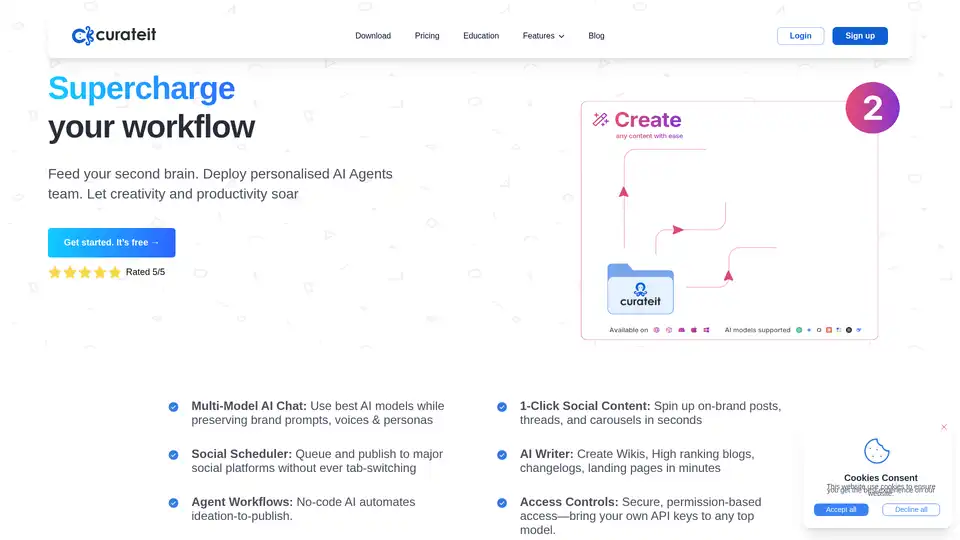
CurateIt is an AI-powered productivity tool that acts as your second brain, helping you curate, organize, and showcase your work. It offers AI-driven search, summarization, and content creation, along with robust bookmarking and organization features.
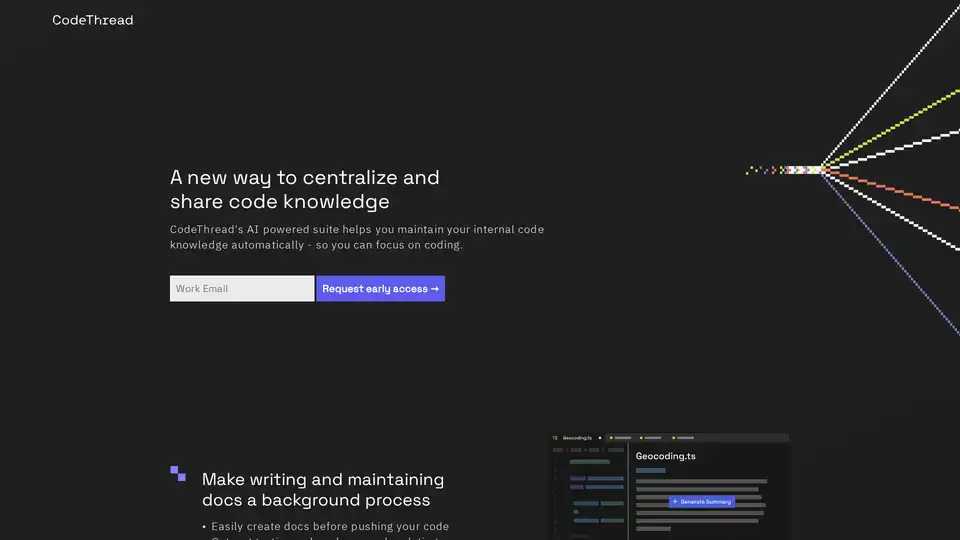
CodeThread is an AI-powered platform that automates internal code knowledge management. It helps software teams with onboarding, collaboration, and documentation, enabling faster code documentation and easy knowledge sharing.

si:cross is an AI-powered platform designed to simplify internal podcasting. Plan episodes, collaborate with your team, and share insights effortlessly. Perfect for enhancing team communication and knowledge sharing.
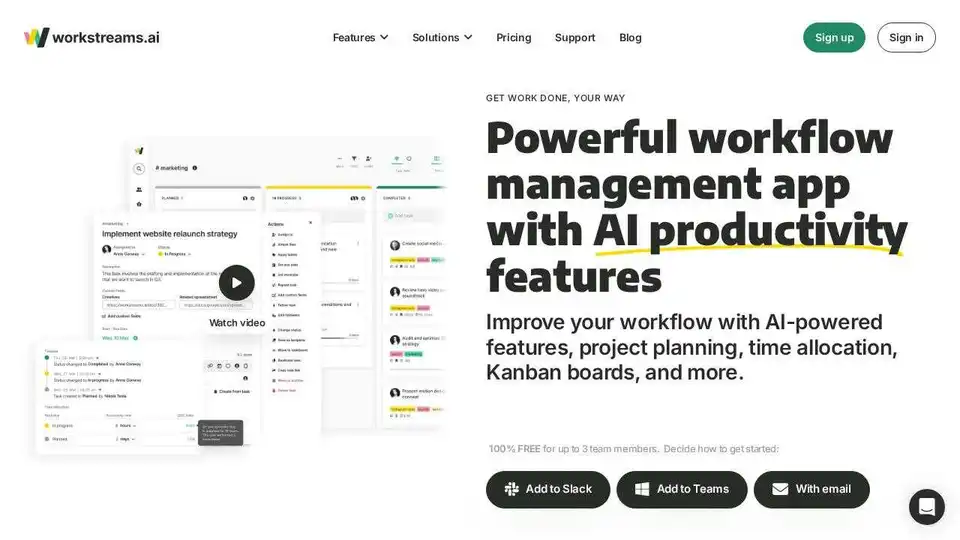
Workstreams.ai is an AI-powered visual project management and collaboration tool that streamlines teamwork and improves productivity with AI features, Kanban boards, and integrations with Slack and Microsoft Teams.
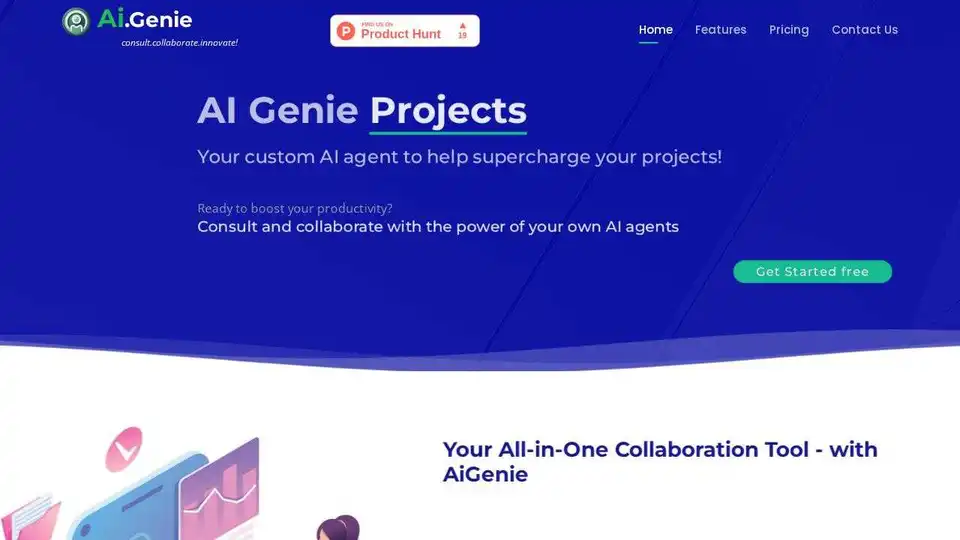
Ai.Genie is an AI-powered no-code collaboration tool. Create custom AI agents for project management, team collaboration, and task automation. Boost productivity and streamline workflows with AI assistance.
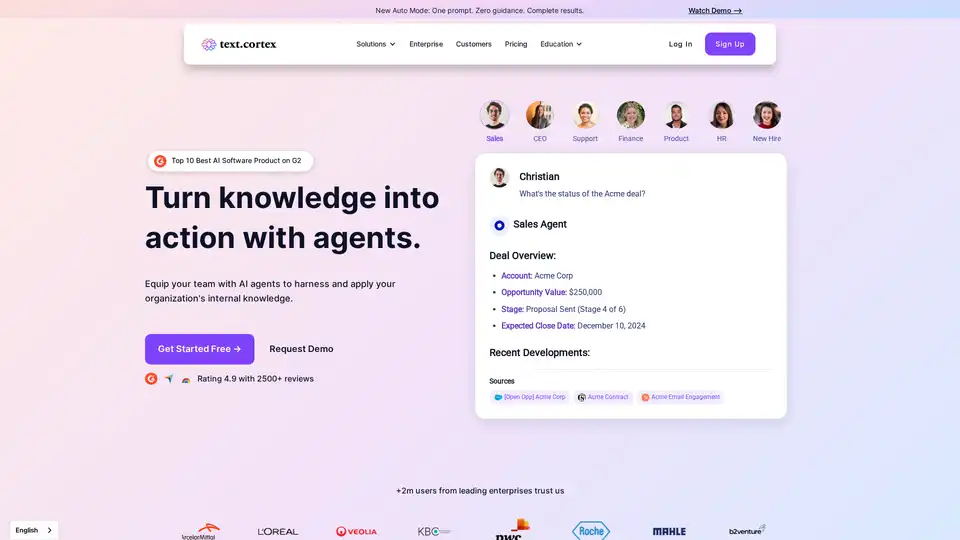
TextCortex is a secure AI platform for enterprise knowledge management, transforming scattered data into actionable insights with AI agents, workflow automation, and seamless integrations for smarter business decisions.
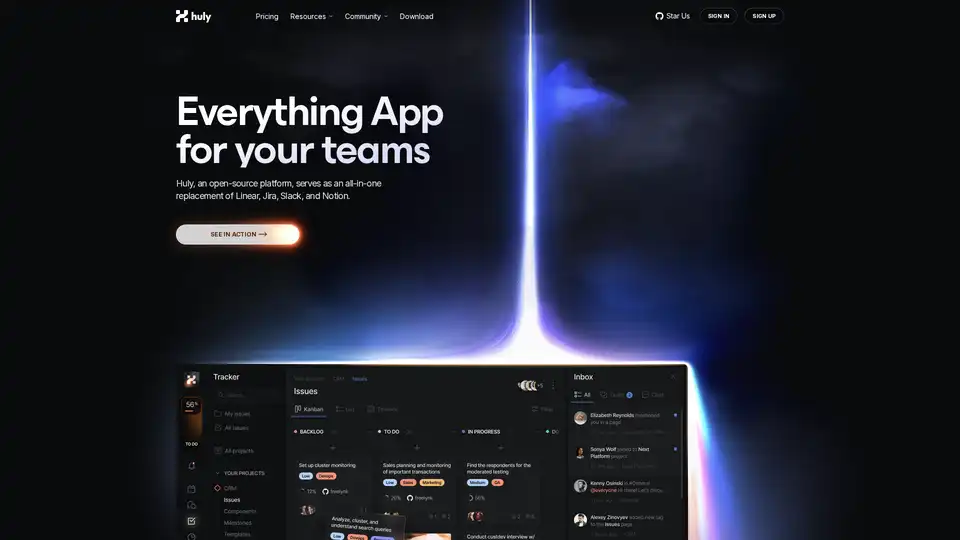
Huly is an open-source platform that replaces Linear, Jira, Slack, and Notion with all-in-one tools for project management, team chat, virtual offices, and AI-powered knowledge bases to boost team productivity.
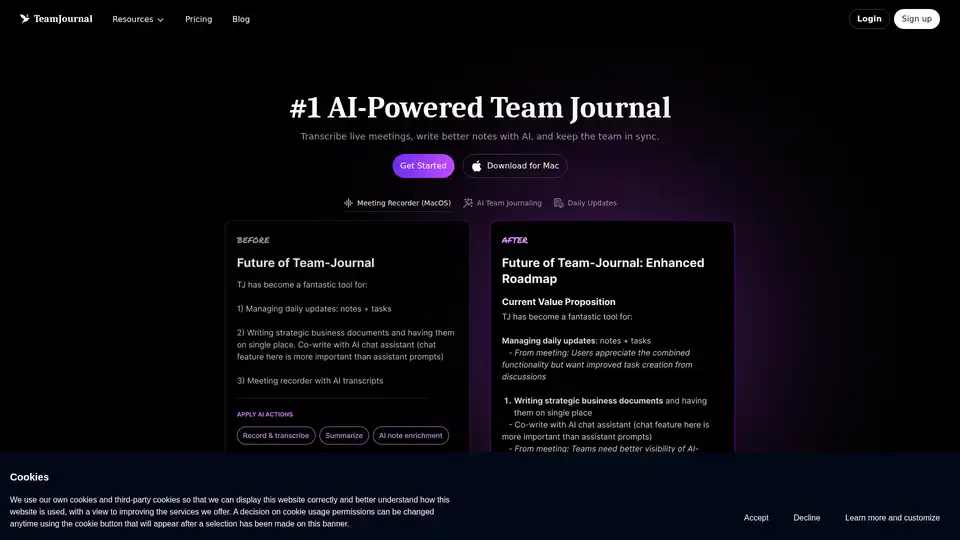
Team Journal is an AI-powered platform that enhances team collaboration through daily reflections, AI-assisted meeting notes, and task management. It helps teams stay aligned and fosters a culture of mindfulness.
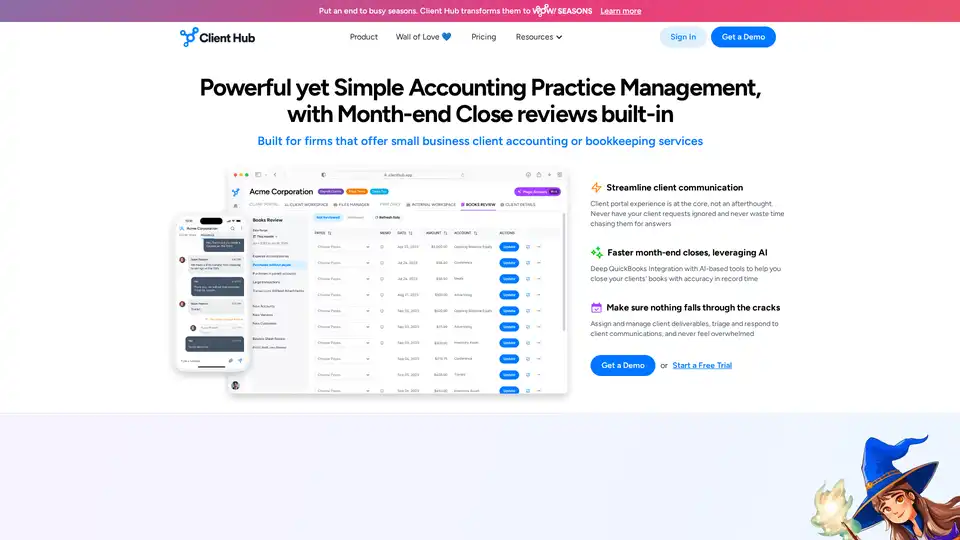
Transform your accounting practice with Client Hub's all-in-one practice management solution. Streamline workflows, secure client communication, and AI-powered tools for modern firms. Start free trial today!
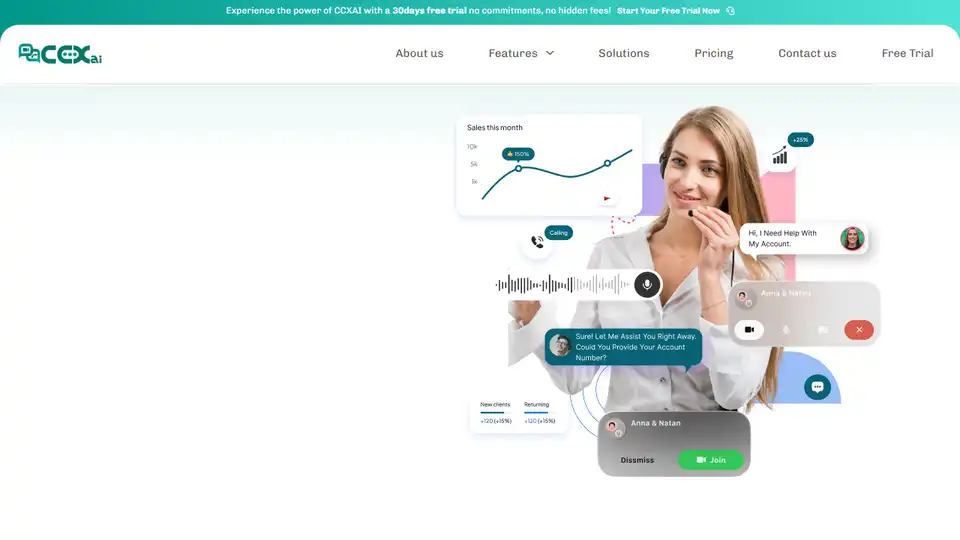
CCXai is an AI-powered customer communication platform transforming customer engagement with AI-driven insights, multi-channel support, and real-time analytics. Try it free for 30 days!
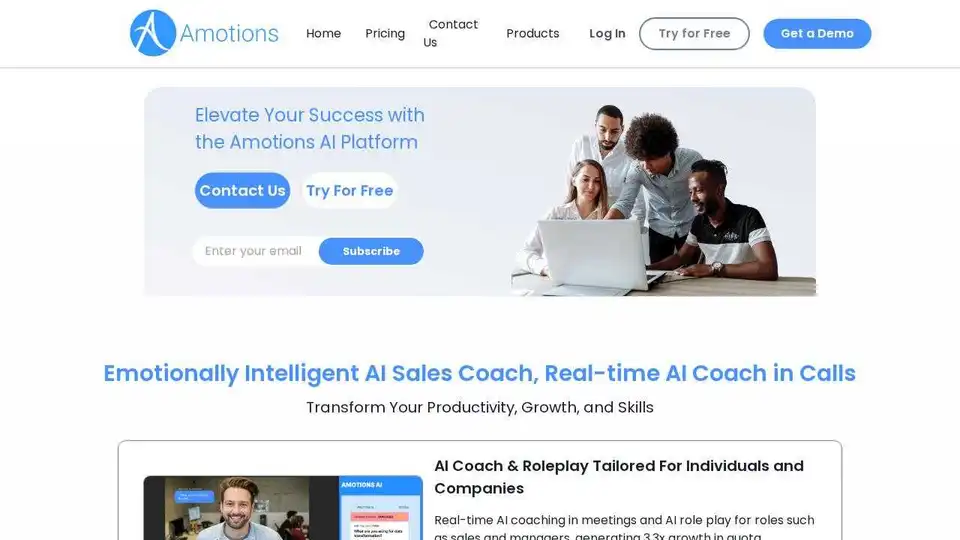
Amotions AI Platform: AI Sales Teammate & AI Coach that boosts revenue growth, shortens sales cycles, and enhances team skills. Integrated with video conference tools, web, mobile, Chrome extension & Slack.

Bloks is an AI-driven 360° relationship intelligence platform that captures calls, emails, docs, and web data to build a searchable knowledge base, enhancing client relationships and workflows for professionals in finance, consulting, and more.
